Sustainability Initiatives
The Tiller Machine Market is increasingly aligned with sustainability initiatives as environmental concerns gain prominence. Farmers are now more inclined to utilize tiller machines that promote soil health and reduce carbon footprints. The shift towards eco-friendly practices is evident, with many manufacturers developing machines that minimize soil disturbance and enhance organic matter retention. This trend is likely to attract environmentally conscious consumers, thereby expanding the market. Furthermore, government incentives for sustainable farming practices are expected to bolster the adoption of tiller machines, contributing to a projected market growth of 4.8% in the coming years.
Technological Advancements
The Tiller Machine Market is experiencing a notable transformation due to rapid technological advancements. Innovations such as GPS technology, automated controls, and enhanced engine efficiency are becoming increasingly prevalent. These advancements not only improve the operational efficiency of tiller machines but also reduce labor costs and time. For instance, the integration of smart technology allows for precision farming, which is gaining traction among farmers seeking to optimize their yields. As a result, the market is projected to grow at a compound annual growth rate of approximately 5.2% over the next five years, driven by these technological enhancements.
Government Support and Subsidies
The Tiller Machine Market benefits significantly from government support and subsidies aimed at enhancing agricultural productivity. Various governments are implementing policies that encourage the adoption of advanced farming equipment, including tiller machines. These initiatives often include financial assistance, tax breaks, and training programs for farmers. Such support not only alleviates the financial burden on farmers but also promotes the modernization of agricultural practices. As a result, the market is likely to experience a steady growth trajectory, with an estimated increase of 5.5% in the next few years, driven by favorable government policies.
Increased Agricultural Productivity
The Tiller Machine Market is significantly influenced by the rising need for increased agricultural productivity. As the global population continues to grow, the demand for food production escalates, prompting farmers to adopt more efficient farming practices. Tiller machines play a crucial role in soil preparation, enabling farmers to cultivate larger areas in shorter timeframes. This efficiency is particularly vital in regions where arable land is limited. According to recent data, the adoption of tiller machines has led to a 30% increase in crop yields in certain areas, underscoring their importance in modern agriculture.
Rising Demand for Versatile Equipment
The Tiller Machine Market is witnessing a surge in demand for versatile equipment that can perform multiple functions. Farmers are increasingly seeking machines that not only till but also perform tasks such as planting and fertilizing. This trend is driven by the need for efficiency and cost-effectiveness in farming operations. Tiller machines that offer interchangeable attachments are particularly appealing, as they allow farmers to adapt to varying agricultural needs. Market analysis indicates that the segment for multifunctional tiller machines is expected to grow by 6% annually, reflecting the changing preferences of modern farmers.



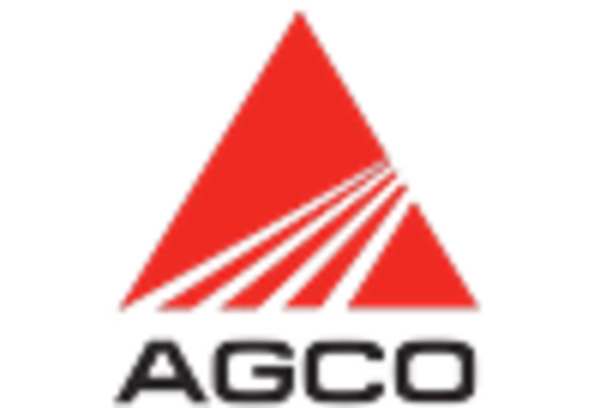
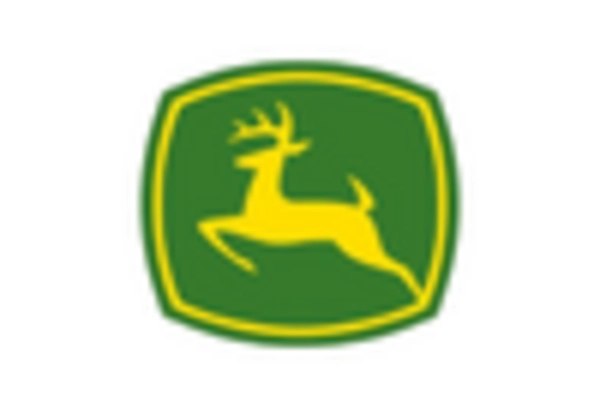
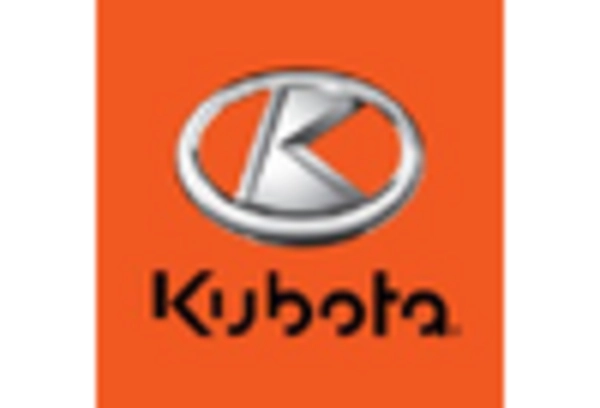
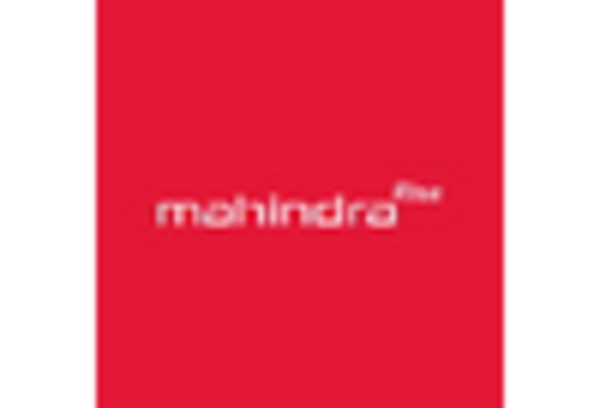

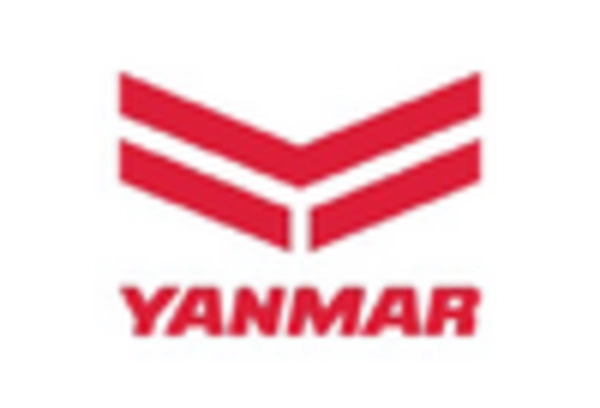








Leave a Comment